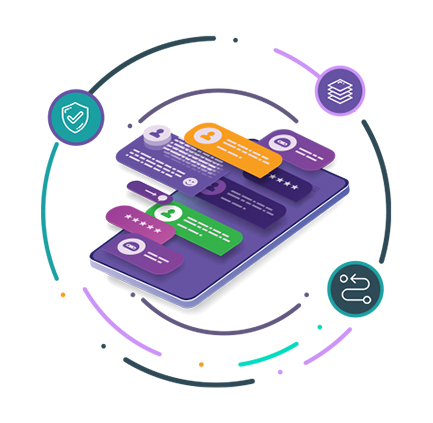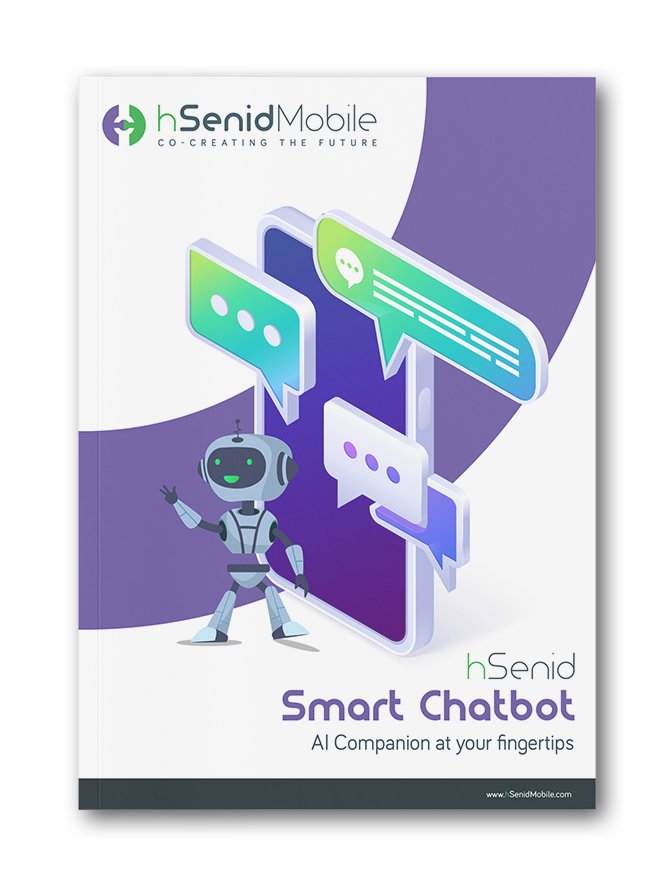There’s something deeply satisfying about customer service that works. When someone gets your issue, guides you without hassle, and miraculously solves the problem on the first try. Sadly, that experience is still rare.
Most people are used to being bounced between departments, waiting on hold, or talking to scripted agents who barely understand the question. It’s frustrating. And it’s outdated.
Behind the scenes, though, a shift has been happening quietly but steadily—smart chatbots have entered the scene. And they’re not just faster. They’re sharper, more aware, and more helpful than traditional systems. Many people don’t even realize they’re interacting with AI anymore. And that’s kind of the point.
This Isn’t 2017’s Chatbot
Let’s be honest. Early chatbots were rough. They were barely capable of answering “What are your opening hours?” and that’s if you phrased it just right.
Fast forward to today, and the story is entirely different.
Now we have AI-powered virtual assistants trained in natural language processing (NLP), capable of understanding real human intent, even if the question is wordy, unclear, or asked in a mix of languages. Some, like hSenid’s Virtual Assistant, even handle hybrid languages like Singlish and Tanglish, making them ideal for multilingual markets.
They don’t just respond. They understand. They follow the conversation flow, remember what was said three messages ago, and adapt based on your preferences or past behavior.
Why the Sudden Shift? Because Customer Expectations Have Changed
We live in a world of instant everything. If a customer has a question at 2 a.m., they don’t want to wait until 9 the next morning. They want help now, and they don’t want to download an app or wait on hold to get it.
This is exactly where smart chatbots shine.
- 24/7 support – Always on, always ready.
- Language flexibility – Understands and responds in your language, even if it’s mixed or informal.
- Scalability – One assistant can handle hundreds of conversations in parallel.
- Consistency – No mood swings, no forgotten scripts, just reliable support every time.
69% of customers prefer chatbots for getting quick answers to simple queries. That’s not surprising—it’s efficient, direct, and often more pleasant than navigating a phone tree.
Use Cases: More Than Just Answering FAQs
When people hear “chatbot,” they often imagine a glorified search bar. But today’s virtual assistants are so much more.
Take hSenid’s Virtual Assistant, for example. It’s already making a difference in sectors like banking, telecom, and e-commerce where speed and precision are critical.
- Let customers check balances, make payments, or apply for loans
- Simplifies document uploads with real-time guidance
- Detects potential fraud and walks users through the next steps
- Sends proactive bill reminders (without being spammy)
- Finds the nearest branch or ATM and provides directions
And because it integrates with backend systems and CRMs, it goes beyond giving answers—it completes actions.
Juniper Research projects chatbots will save businesses over $11 billion in customer service costs by 2025. Efficiency isn’t just a perk—it’s a business advantage.
What’s Under the Hood?
Let’s strip away the tech jargon and get real. At the core, a smart chatbot is powered by:
- NLP (Natural Language Processing) – Understands how people talk, even if it’s messy or vague.
- Machine Learning – Learns from conversations to become smarter over time.
- Voice Capability – Perfect for users who prefer talking over typing.
- Conversational Interfaces – Feels like texting a friend, not filling out a form.
And a platform like hSenid’s can operate across multiple channels, from websites to messaging apps like WhatsApp, without losing the thread of conversation.
A major telecom company reduced its customer service costs by 30% after implementing AI chatbots, handling 60% of all customer inquiries autonomously. It’s not just smoother—it’s smarter.
What Should You Look for in a Virtual Assistant?
- Custom tone of voice – So it sounds like your brand, not just a robot.
- Smooth human escalation – When needed, it can hand off to a live agent without confusion.
- True multilingual understanding – Not just translation, genuine comprehension of local speech.
- Actionable analytics – So you can learn from conversations.
- Omnichannel coverage – Website, app, social—one consistent presence everywhere.
hSenid’s Virtual Assistant was built with all of this in mind. It’s already live in demanding enterprise environments and built to adapt regionally and linguistically.
Real Impact, Real Simplicity
Yes, it reduces costs. Yes, it lightens the load for your customer service team. But more importantly, it creates a smoother, more respectful experience for your customers.
It shows them that your brand gets it. In a world where attention is short and patience is even shorter, that matters more than ever.
Final Thought: It’s Not Just About Tech. It’s About Trust.
Chatbots aren’t here to replace human support. They’re here to make it more effective. To handle the repetitive stuff so your team can focus on what needs the human touch.
They’re not a trend. They’re a response to how people live, communicate, and make decisions today.
So if you’re ready to evolve your customer experience—and stay ahead of competitors who are already doing it—start with a solution that’s proven. Start with hSenid’s Virtual Assistant.








